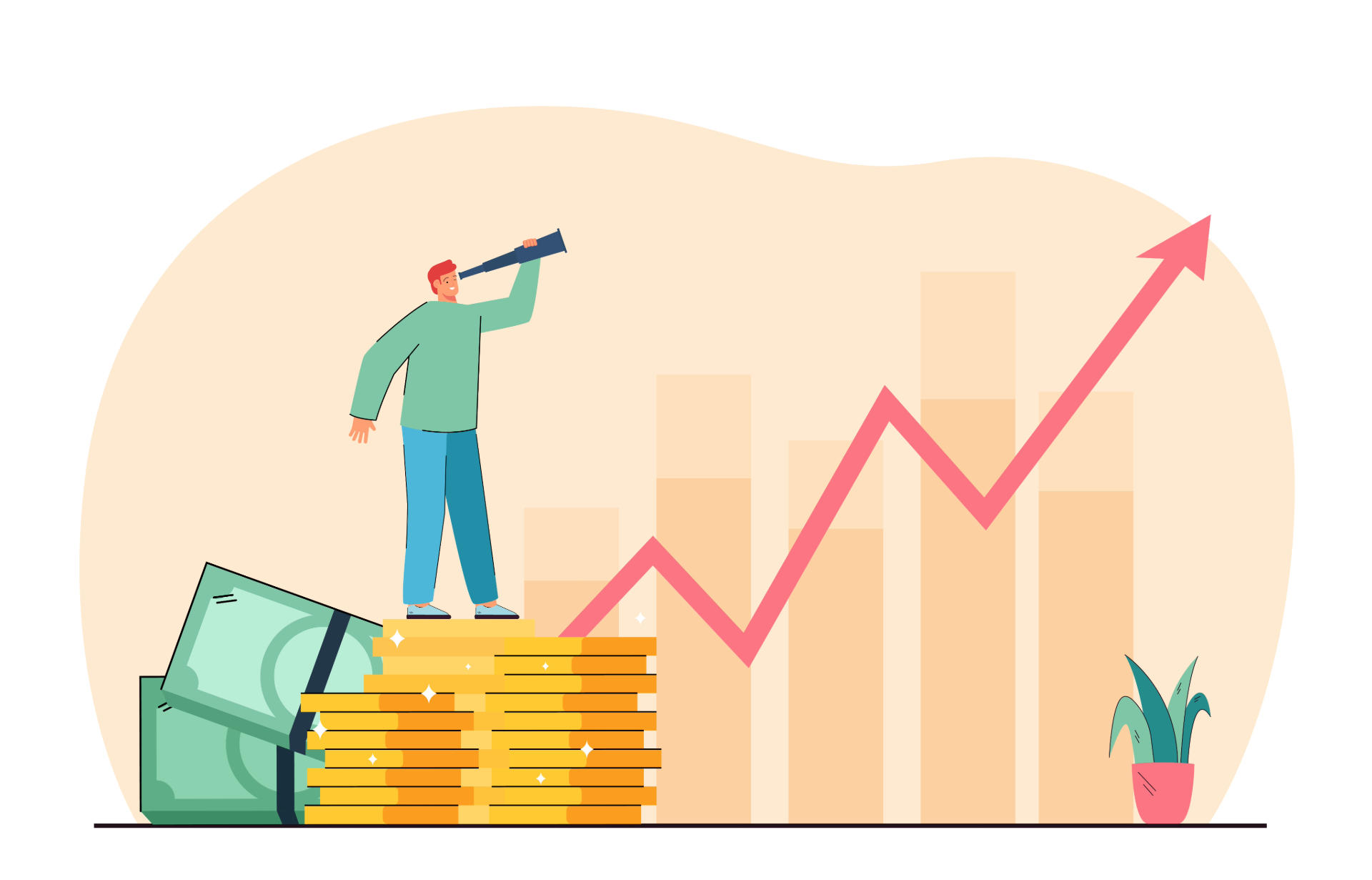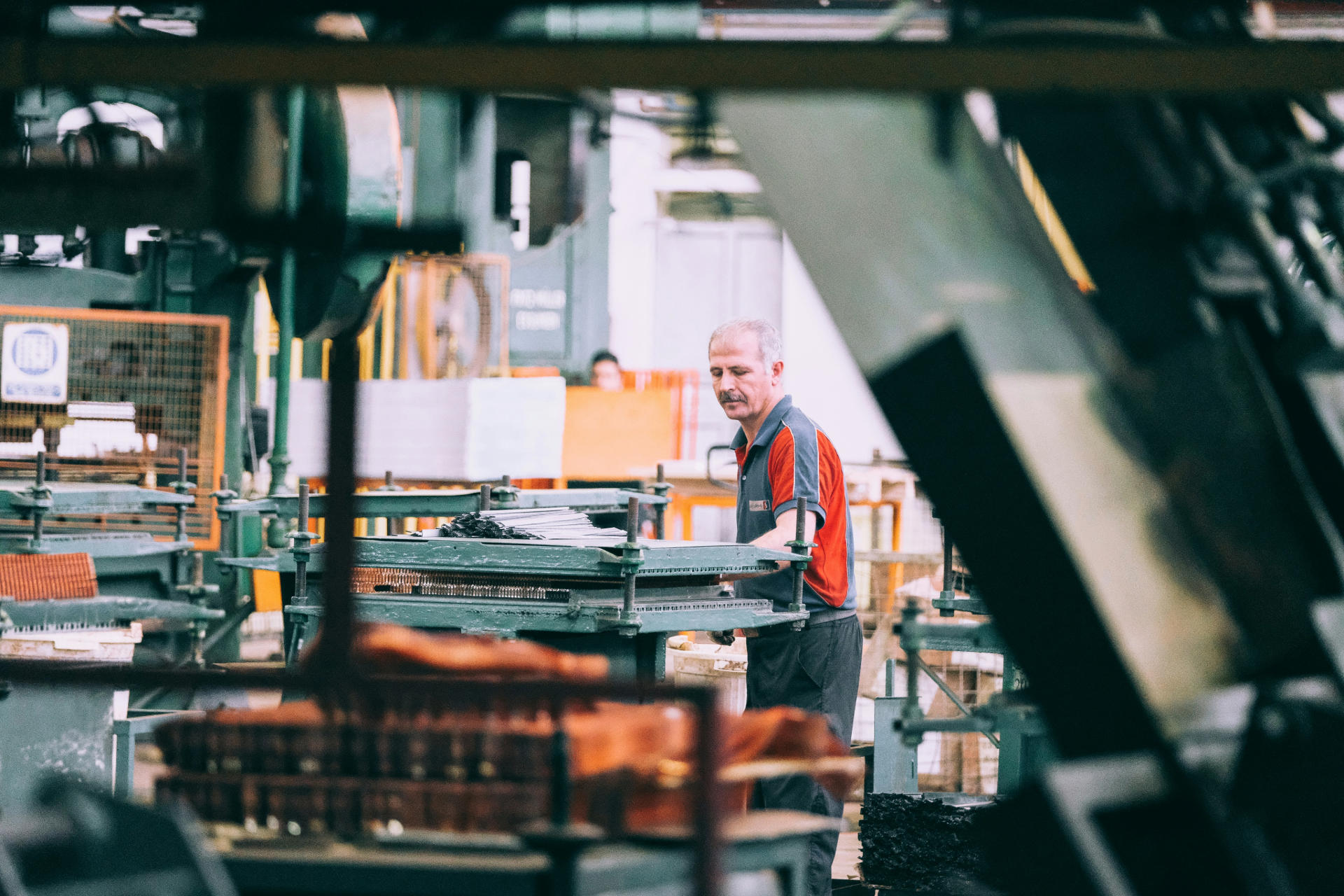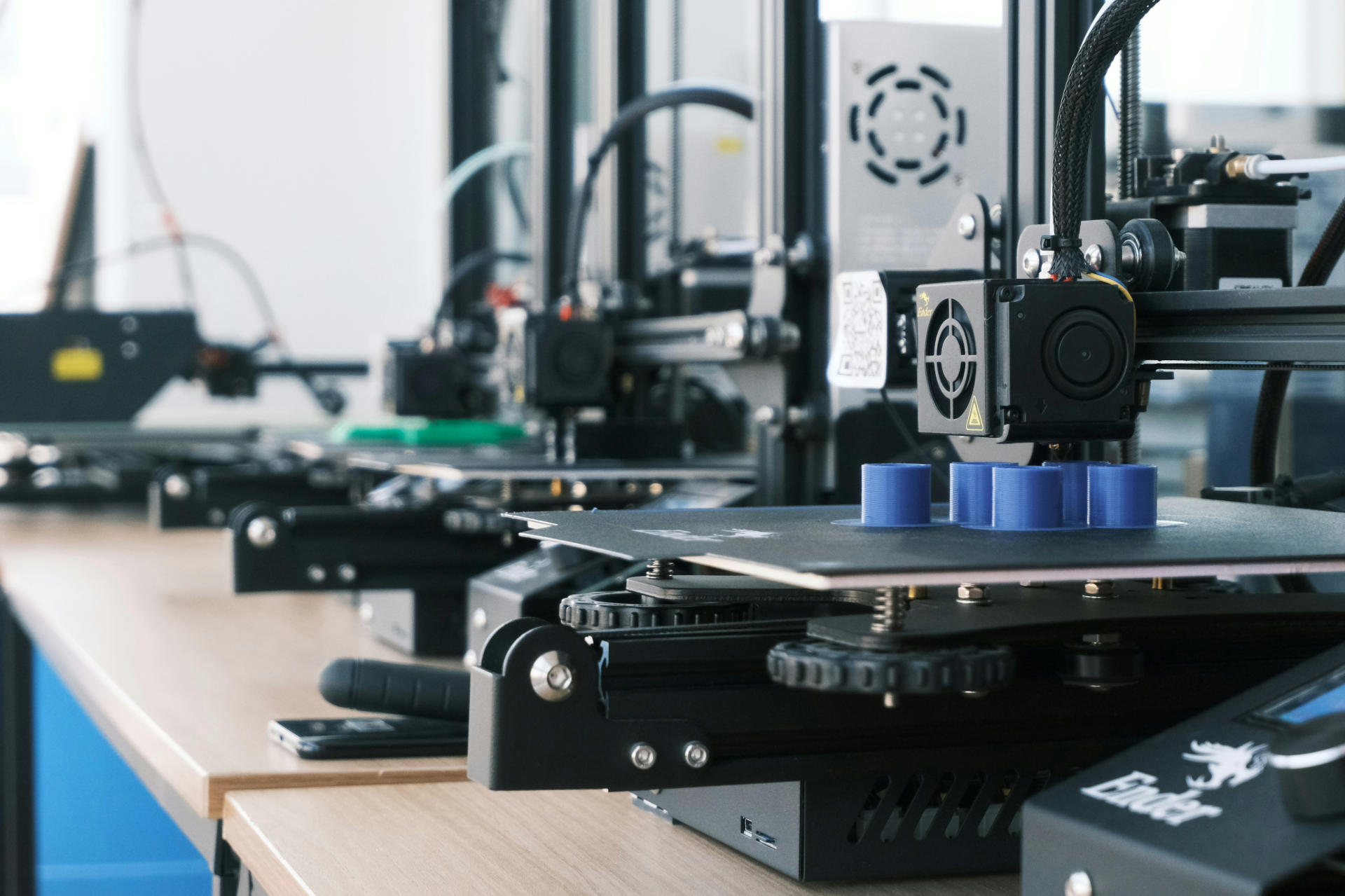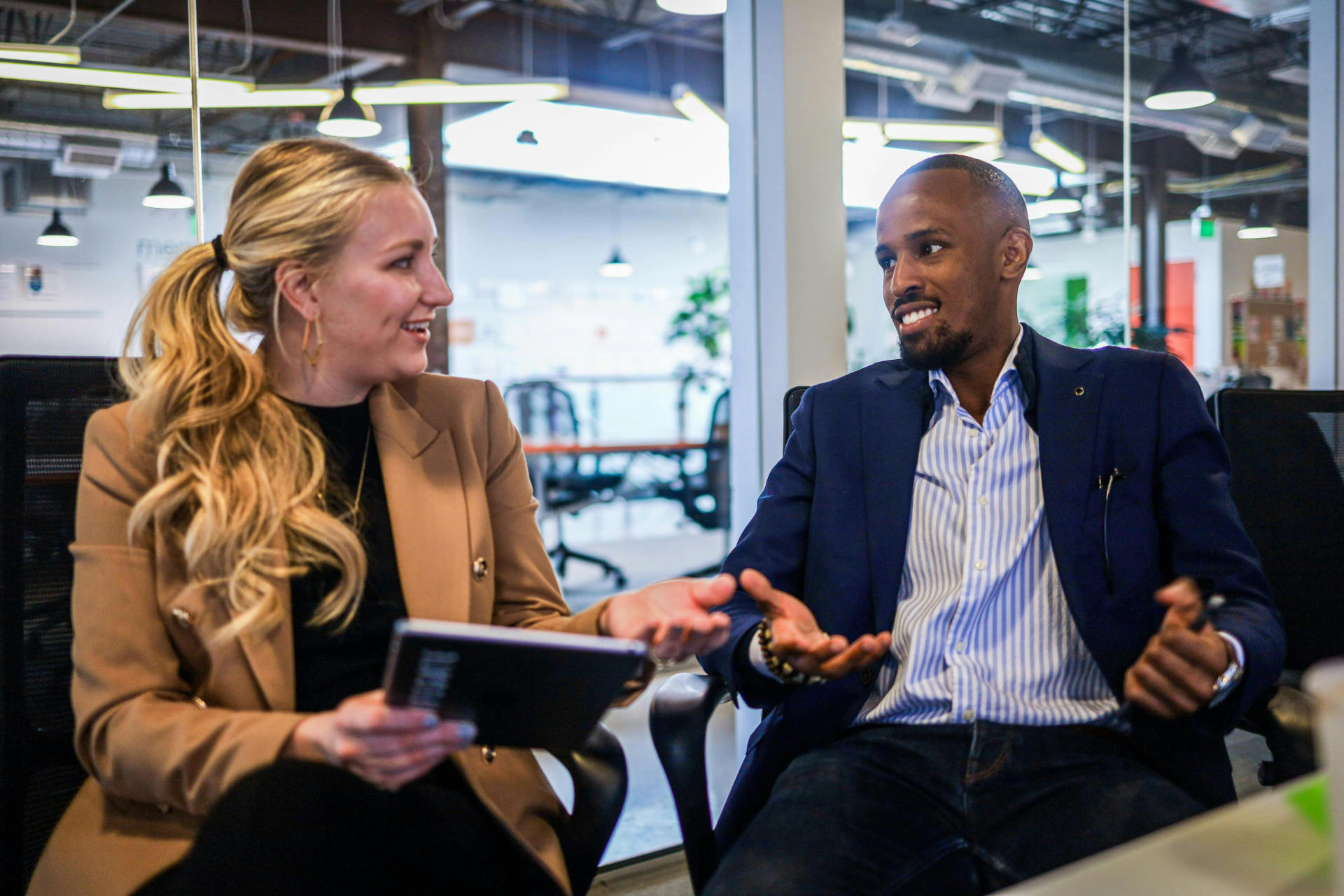Chapters
Every single day we interact with a whole host of different products and services intended to make our lives easier, more enjoyable, and more productive in the long run.
But have you ever stopped for a moment to think about what kind of process goes on behind the scenes to create your favourite everyday items? If so, why not join us on a fascinating deep dive into the subject of the factors of production?
In the following article, we’ll learn about things like the essential building blocks of our economy, the rewards generated by each factor, and how these elements work together to create the products and services we use every day.


What Exactly is an Economic Resource?
Before we can fully wrap our heads around the factors of production, we need to grasp what an economic resource is. Put simply, an economic resource is basically anything used to produce goods and services.
However, these resources are not unlimited and need to be allocated in different ways to create the products and services we need and want. This leads to the idea of opportunity cost - the value of the next best thing we give up when we make a decision.
For example, if a farmer decides to use a piece of land to grow wheat, the opportunity cost is what they could have gotten from using that land for something else, like growing corn or raising animals.
All in all, economic resources can be divided into four distinct groups, which we’ll talk about below.
What is Land as a Factor of Production?
First on the list of economic resources is land. Essentially, land refers to all the natural resources that are commonly used in the production process - including the actual land itself, minerals, water, forests, and other naturally occurring assets.
A key aspect of land is that there is only so much - we cannot create it out of thin air. Due to this, competition for existing land is fierce, and landowners can make a pretty buck out of renting or selling it to interested parties.
Some common examples of land as a factor of production include things like farmers using soil to grow crops, a mining company drilling for valuable metals from the earth, and a fishing business catching fish from the ocean.
For many countries, the quality of their natural resources can also play a big role in their successful growth and development as a nation.

How Does Labour Contribute to Production?
Next up we have labour. Essentially, this refers to the efforts of the human workers that work diligently behind the scenes to create the products and services we want or need.
This includes the physical and mental work of people in all sorts of different jobs - from factory workers and construction crews, to teachers, doctors, and software developers.
The reward for labour comes in the form of salaries. However, how much the person gets paid will vary depending on factors like their skill level, experience, and how in demand that type of work is.
In order to keep the quality and productivity of labour in tip-top fashion, workers also need access to quality education and training. Why? Well, a better-trained work force naturally results in better efficiency and output in the production process as a whole.

What Role Does Capital Play in Production?
When we talk about capital as a factor of production, we're referring to the man-made items that are used to create other goods and services. Basically, these are the tools, machines, buildings, and equipment that businesses make use of to turn materials into finished products.
For example, try to imagine a bakery in your mind’s eye. Without the help of several essential tools and machines like ovens and mixers, the average baker would find it impossible to meet the demands of their hungry customers.
But capital isn’t just limited to physical objects either, with software, patents, and trademarks also coming under the umbrella term too - making it a little more confusing.
But how do businesses go about acquiring all this capital in the first place? It’s simple, they do so by investing their own hard-earned profits or by borrowing from banks or investors.
However, investors don’t just lend money for nothing. Instead, they earn interest on top of their investment, giving them the incentive (or reward) to be involved with the production.

What About Entrepreneurship?
The fourth and final factor of production revolves around entrepreneurship. What exactly does this mean?
Well, entrepreneurs are innovative risk-takers who bring the three other factors together in new and creative ways, all to provide the public with what they want or need.
In terms of roles, they’re typically the people at the top who spot opportunities in the market, offer up fresh and exciting new ideas, and take on the challenge of starting or running a business.
If all goes well, they'll then receive their own reward in the form of profits after having paid rent fees to landowners and labour workers. Without the actions of entrepreneurs, many of the products and services we take for granted today may have never been invented.

How Do These Factors of Production Work Together?
As you’ve probably realised now, the four factors of production are all closely interlinked with one another.
For instance, if a smartphone manufacturer wants to create a brand new state-of-the-art smartphone, they’ll have to rely on all four factors working together seamlessly.
First and foremost, they’ll need access to land and natural resources so they start to build factories and source the right materials needed to make the phone.
From here, they’ll then need to hire a skilled labour force that is capable of designing, engineering, and assembling the phone properly and without issue.
Alongside all that, they’ll also need to invest in the right capital in the form of high-tech machinery, robots and computer systems to make working on the phone actually possible.
Finally, tying it all together is entrepreneurship. The company's founders and leaders will have needed the vision to see the opportunity for a new smartphone, as well as giving the orders to start the production process and all the parts associated with it.
Unfortunately, this interconnectedness can at times be a weakness too. Unexpected factors like a shortage of key raw materials or skilled workers will naturally lead to other issues down the line like delays in production or increased costs.
Conclusion
In conclusion, the factors of production (land, labour, capital and entrepreneurship) are a key component of how the economy functions. By recognising how these factors interact, you can better appreciate the complex process involved in creating the finished products and services we depend on. Additionally, we can also see how the quality and quantity of each factor can impact economic growth as well, and how changes in one area can have ripple effects across the entire system.








